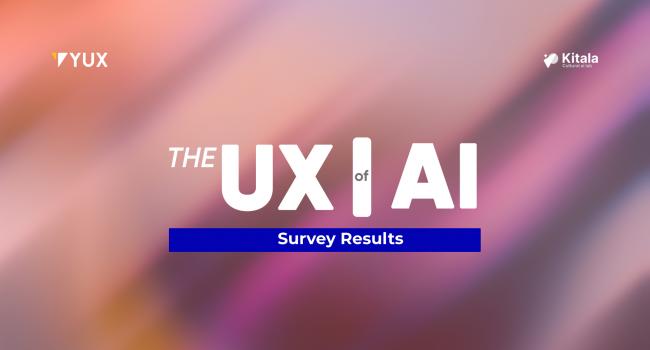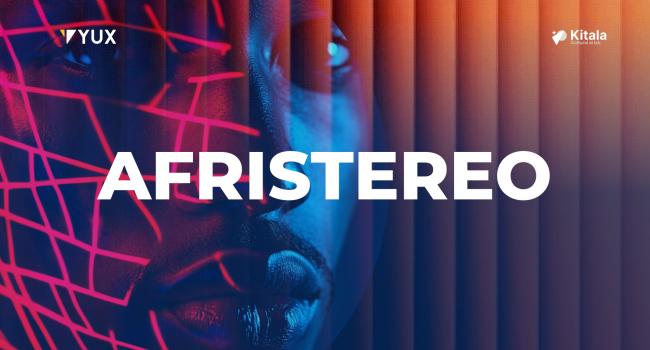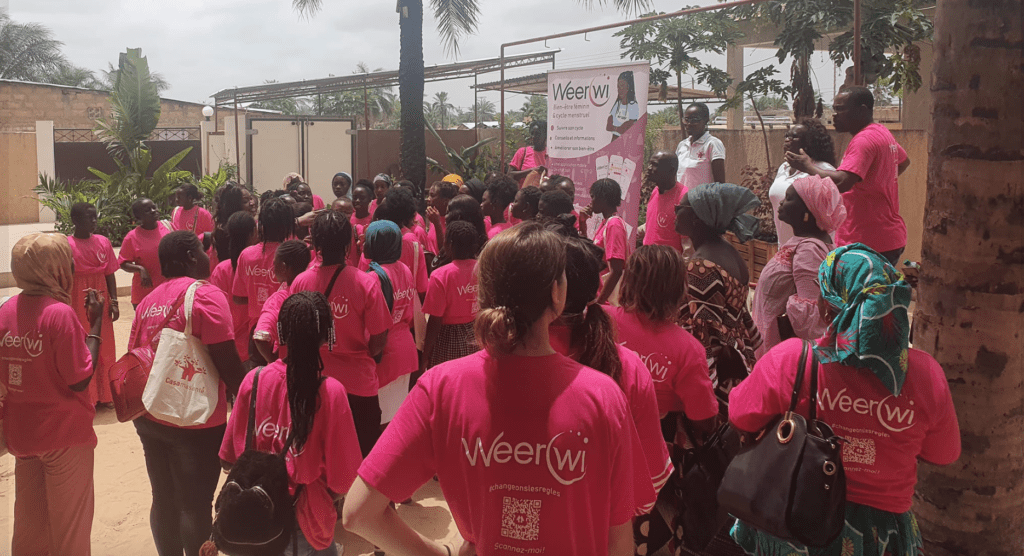
Context & Design Challenge
In Senegal, the majority of young girls are not well prepared to welcome their first menstrual period with serenity. The difficulties encountered come mainly from:
- The weight of taboos - In the family and social circle, menstruation is often considered something dirty and shameful.
- Young women do not know who to talk to when they have questions. The attitude of the people around them makes them feel insecure: they don't dare to talk about these subjects with them. So they prefer to talk about it with their friends - which can create a risk of transmitting beliefs and information that are often wrong.
- Difficulties in accessing information about the menstrual cycle.
- Lack of access to quality, affordable menstrual protection.
- Lack of decent and safe toilets in public places, including schools
- Lack of information and services to help manage menstrual pain and discomfort.
In order to better support young women in this crucial stage of their lives, the social enterprise ApiAfrique founded in 2017 has made menstrual cycle management a priority by developing :
- a range of healthy and sustainable hygiene products for women and babies - in particular, menstrual pads and organic cotton cloth diapers for babies
- the menstrual cycle information program "Changeons les règles".
The lack of access to accurate and reliable information about the menstrual cycle as well as the difficulties in predicting the coming of menstruation and therefore preparing oneself accordingly are central issues. Logically then, given the use of digital tools by this target group, thoughts turned to the creation of a mobile application more accessible to young girls.
With this in mind, in 2021, Api Afrique, in its desire to better reach young women, established a partnership with IT4Life, a digital services company that accompanies social and solidarity economy structures in their digital transformation. Together, they contacted YUX, a pan-African design and research agency, to form a consortium with the Dakar Institute of Technology and IDinsight. This consortium will be the winner of the call for projects "Fit for the future 2021" of the Botnar Foundation for the scaling up of the program initiated by ApiAfrique.
From there, the process of creating adapted and human-centered solutions is launched. This article describes the human-centered design approach, coordinated by YUX, for the scaling up of Changeons les règles.
Our Human-Centered Design Approach
YUX, whose ambition is to democratize design and co-create with African users digital products and services adapted to their diversity, has implemented the Human Centered Design (HCD) approach with the following guiding principles:
- an iterative methodology
- involving multidisciplinary teams
- guided by explicit user understanding
- a human-centered evaluation.
The HCD applied in the Let's Change the Rules project was carried out in the following steps:
1/Planification:
In human-centered research, one of the crucial phases is planning. This is the time when the timeline and logistics of the project are decided with the consortium. This is the time when the core team of the project is identified and tasks and dependencies between the teams are assigned. This is also the time to discuss the different communication channels for collaboration, as well as deadlines and deliverables. This step, if neglected, can have serious consequences on the progress of the project.
2/Exploration:
The main research problem was to understand how young women manage their menstrual periods, the factors influencing this management, and the impacts on their lives. This research was conducted in a non-directive individual interview format.
We conducted 12 one-hour interviews with six young women between the ages of 15 and 20 and six others between the ages of 21 and 24, all of whom were literate and in school. The interviews were conducted between Dakar and Mbour.
To give young women confidence, we created a "safe space".
A safe space is a place where people can feel comfortable and confident talking about topics that interest them. Everything is done to install a climate of mutual trust, the choice of the environment is certainly important but more than that, it is necessary to select the people with whom the target must interact. In this "safe space", the young women were able to decide on the different topics they wanted to discuss with confidence - topics that were particularly relevant to them.
The time spent welcoming them, putting them at ease, and introducing the subject and the purpose of the interviews was invaluable in order to gain the young women's trust and willingness to make this subject their own.
The goal of the interviews was to establish themes while following the natural impulse of the young women to tell us what was important to them. We were first interested in the general profile of the young woman, her family context, and her use of digital technology. Then, it was a question of guiding her on the memories of her first period: knowing if she was prepared or not, identifying her circle of trust but also knowing what information is important for her at this stage.
Finally, we discussed the current management of one's menstrual health with a focus on preferred sources of information and trusted individuals. From there, we listed the different types of information and the most appropriate formats for transmission.
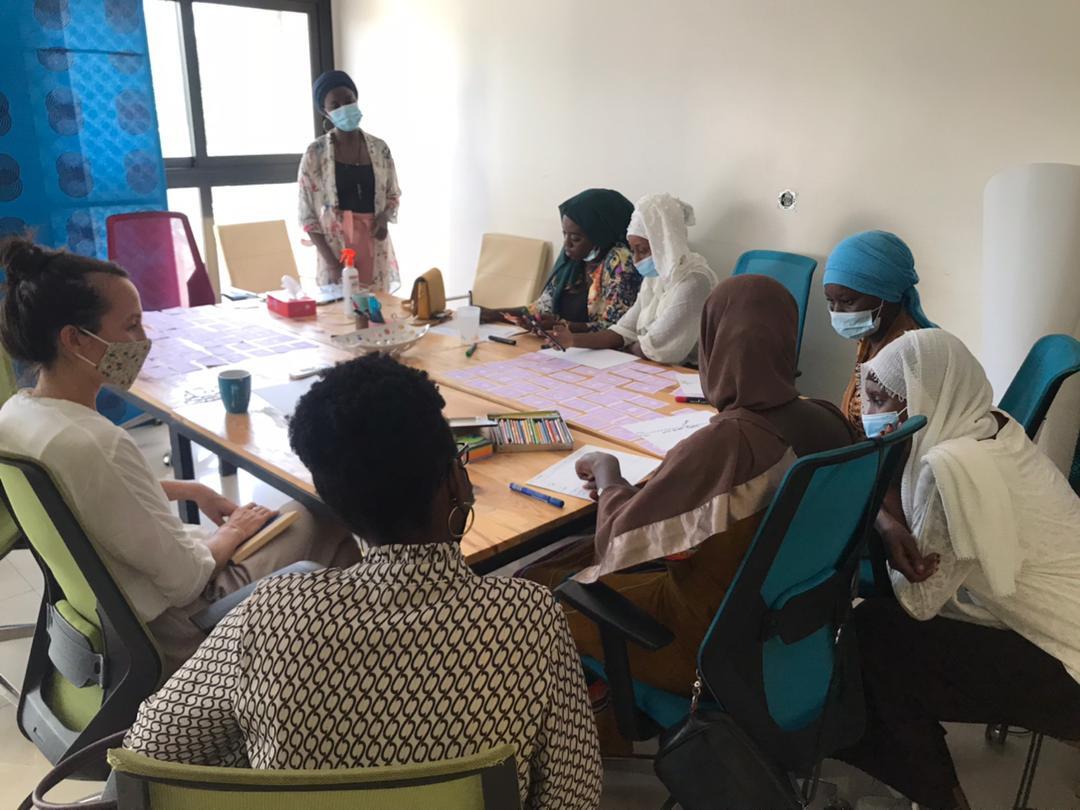
3/Definition
These interviews were rich in information. Following an initial analysis, we identified 4 profiles of young women:
The ingenue: Who knows the minimum but thinks that "it's a shame" to want to learn more. She would lose her "good girl" status if she tried to find out more.
The older sister: Doesn't want her younger sisters to go through the same process as her. She needs to share her experience to help.
The Prepared One: Who is very comfortable with the subject. She seeks to interact, to share with her peers and professionals.
The one who thinks she knows enough: Thinks she has covered everything and doesn't expect to be surprised if there are things left to discover, she is not aware of them.
Key insights :
Here are some insights that synthesize the interview feedback:
1-The environment has a strong influence on young women's perception of menstruation. Girls who come from families where they can ask questions about menstruation without constraint, therefore, do more research on the issue and experience this period better.
They are still under pressure to be chaste, however, once menstruation comes, a refrain becomes familiar: "Stay away from boys or you will get pregnant."
These words are not only stressful but also impact young women's trust in boys in an environment they share. Nervousness and sometimes aggression can invite themselves into relationships.
2-Young women begin using a phone as children and then have their own phones as teenagers. Even if some of them start with a touchtone phone, the transition to the smartphone happens quite quickly. They are very self-sufficient on social networks and mobile applications in general. For some, the best source of information about menstruation and menstrual health remains the Google search engine.
3-Most young women are not prepared for their first period. The lack of preparation is experienced as a handicap, a mixture of incomprehension and shame to talk about it. The most curious ones try to find out more and compare their experiences with those of their friends.
However, for many, the best course of action is to stick to what their mother, aunt, or grandmother tells them.
These young women are not aware of the lack of information and are just embarrassed to be curious. They are afraid of being seen as the young woman who wants to be sexually liberated and not simply the young woman who is curious about her body.
4-The information that young women gather around them impacts their menstrual management. Myths, legends, and misinformation often compete for the top spot. For young women, everything that close family and friends say is true. Few compare with other sources before applying.
5. Most young women feel that they have a role to play in preparing younger women for menstruation. They feel that it is unacceptable to let younger women experience their first period without anyone to talk to them about it beforehand. They do not want what happened to them in terms of lack of information and support to be perpetuated in the younger ones, even if it means that they themselves play the role of big sister in this context.
4- Ideation
Based on these lessons on the relevance of a mobile application to inform and support young women on menstrual health, we organized creativity sessions with the Changeons les Règles consortium to generate the different functionalities that seemed to meet the needs of users. Through the problem tree, brainstorming, and prioritization matrix, we have highlighted features to test with users.
Following this, 2 co-creation workshops were conducted with adolescent girls and young women in Dakar and Mbour to have a diversity of profiles. A card sorting exercise was carried out with the young women to test the understanding and relevance of the functionalities, improve them and create new ones. Once all these cards were sorted, the young women prioritized them according to their needs and built together the information architecture of the application, making sure that it was adapted to their needs.
5- Prototypage et les tests
Based on this vision of the users, we prototyped on Figma a low fidelity model to test the relevance, the understanding of the screens, and the natural navigation of the users. These first tests were conducted with 7 young women in Dakar.
The test feedback was aggregated in a synthetic document with targeted recommendations - which allowed an iteration to improve the prototype and start on the interface design. The UI thus evolved the prototype by associating the graphic elements, the logo, a wording hypothesis as well as the look & feel of the application.
Then, another series of user tests were conducted with 9 young women between Dakar and Mbour to validate our ideas and proposals. The recurrence and relevance of the sticking point were measured in groups to judge how much it impacted the user experience. Prioritization of the feedback from 0 (no usability problem) to 5 (urgent usability problem) was done and then followed by recommendations for a better user experience. This prioritization allowed the designer to identify the points on which it is urgent to focus for the next version.
Finally, based on this last feedback, the last iteration was done with the consortium to implement the last feedback and to share all the design elements including the design system and the high-fidelity prototype so that the development team could take charge of the prototype in a fluid and coordinated way.
Outcomes & learnings
A beautiful and easy-to-use app has been designed, built, and then tested with real users, and a new service offered to youth in Senegal and Francophone Africa soon!
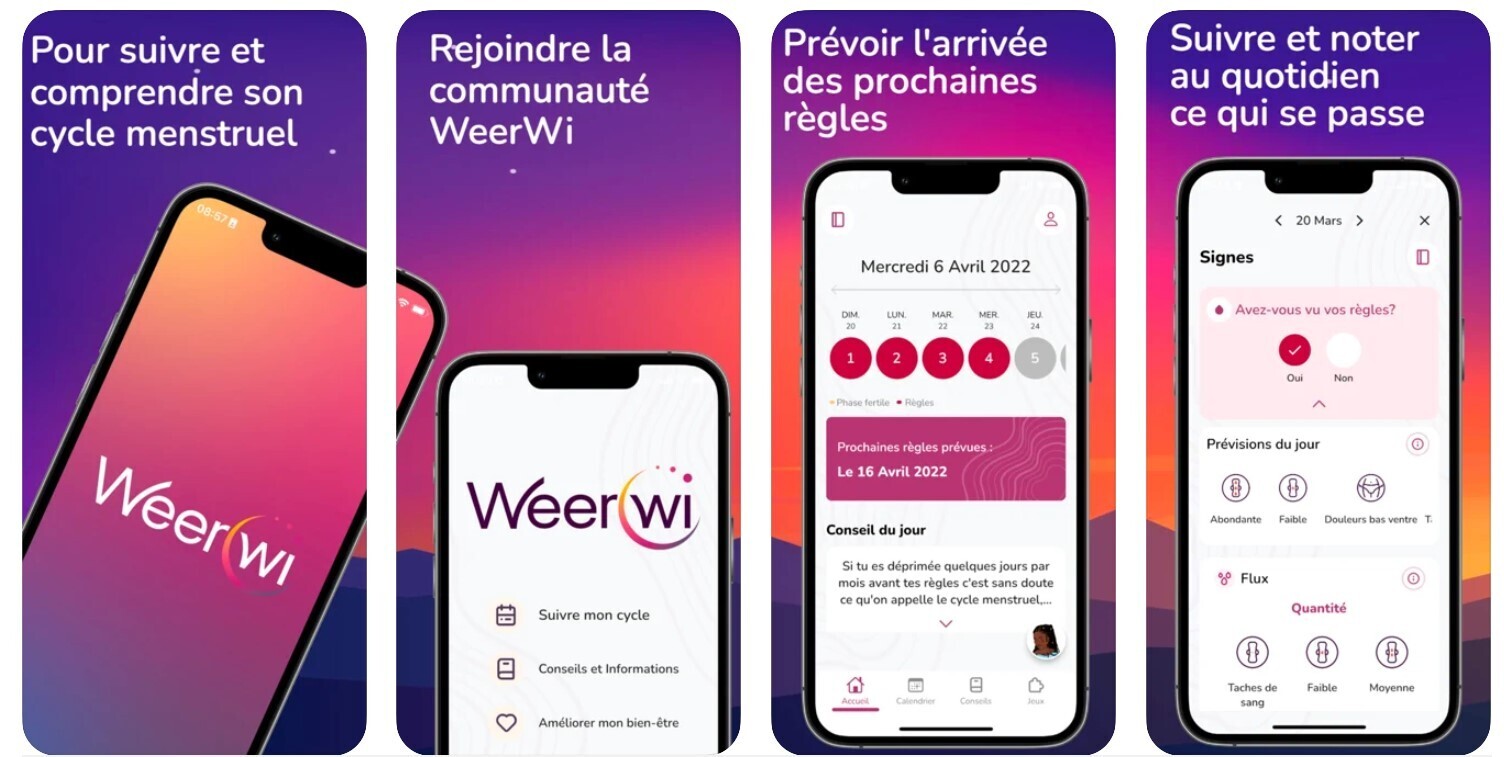
In this project, two aspects have been particularly impactful:
- Involving young people at all stages of the project: working with young girls on projects that concern them is an effective way to keep their needs in mind, accompany them and get them used to decision-making, and instill in them inclusive and innovative processes to address challenges and issues that concern them.
- Involving partners unfamiliar with the HCD process is a great way to raise awareness about the use of our tools. First, to understand the issues and context and to take into account the needs for the development of solutions. Secondly, true to our ambition, to democratize design in the hope that these shared methodologies will sow the seeds for more human-centered projects and that creation will be inspired by needs.
For us, the best projects are the ones where you’re involved in the long term so that you can do continuous UX research and design and see the impact of your work as a designer. Check out www.weerwi.com for more and download the app on the Play and Apple stores.


